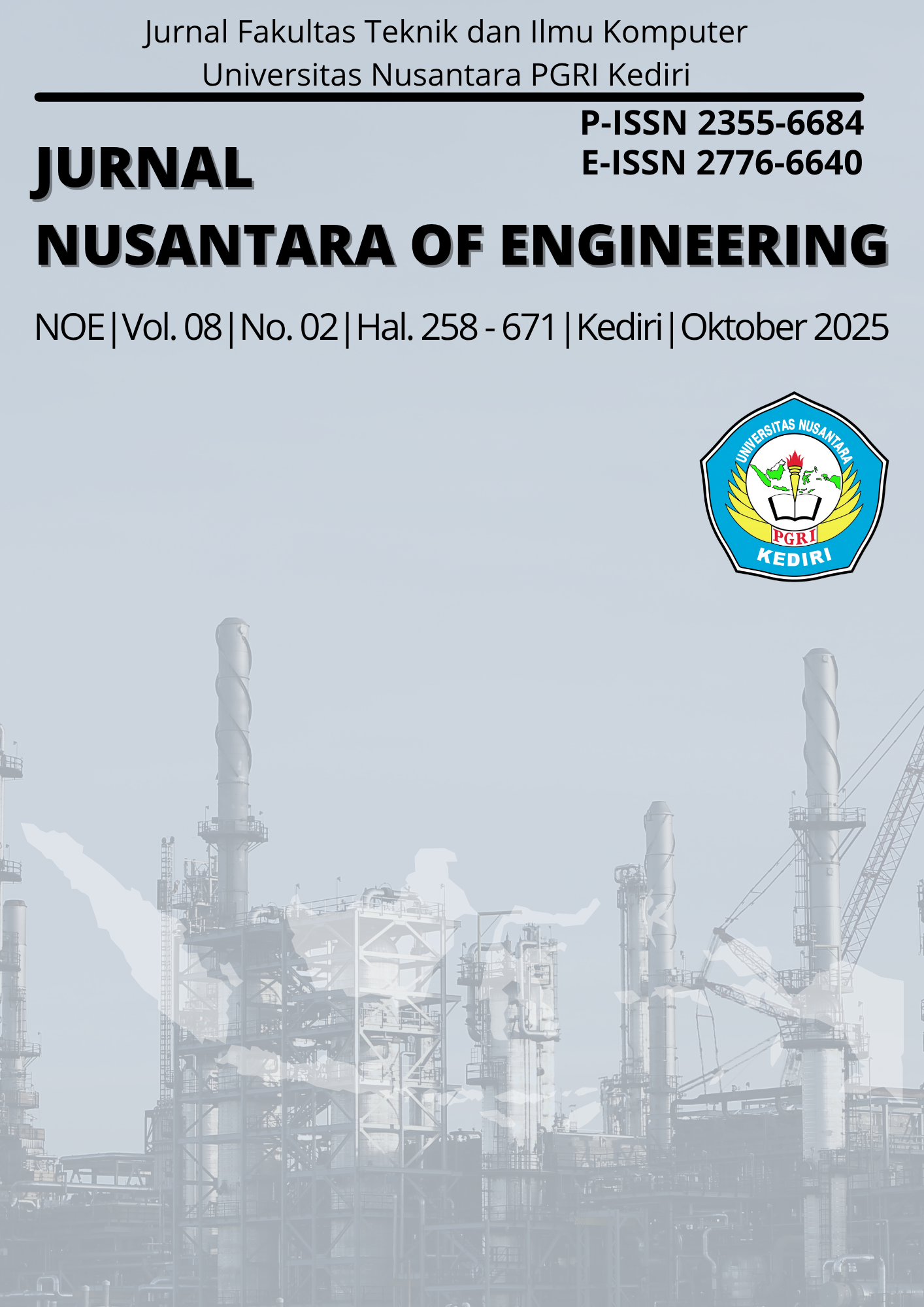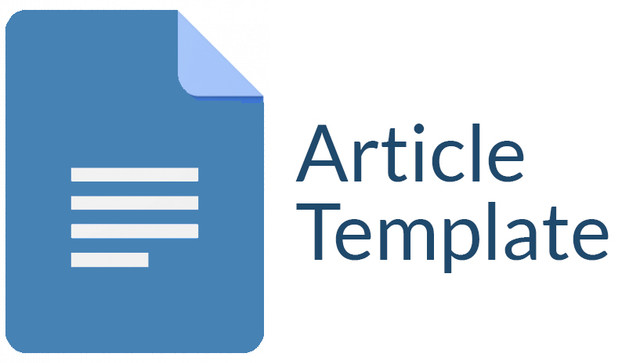Bleaching Silika dari Bagase sebagai Bahan Semikonduktor Solar Sel
DOI:
https://doi.org/10.29407/noe.v8i02.24756Keywords:
arus, konversi, listrik, semikonduktor, solar selAbstract
Penelitian ini bertujuan untuk membuat bahan semikonduktor untuk membuat solar sel, sebagaimana yang telah diketahui bahwa solar sel dibentuk oleh semikonduktor yang dirangkai sedemikian rupa sehingga mampu mengkonversi sinar matahari menjadi arus listrik. Dalam hal ini peneliti menyoroti bahan pembuatan semikonduktor tersebut bisa dibuat dari bahan alam yang merupakan salah satu bentuk limbah dari pembuatan gula pasir, yaitu bagase. Dimana keberadaan bagasse sering mengganggu dan kalaupun digunakan hanya sebatas bahan bakar pengolahan gula dan akan menjadi abu yang hanya terbuang. Melihat tersebut maka peneliti berinisiatif untuk memanfaatkan bagasse tersebut dengan cara mengolahnya menjadi silika yang dapat digunakan untuk pembuatan bahan semikonduktor untuk pembuatan solar sel.
Downloads
References
1. Sikanna R, Rajmah DNA, Ramadani K, Musafira M, Nur A, Febryanti A. Synthesis and Characterization of Bagasse (Saccharumofficinarum L.) Silica Gel Modified Diphenylcarbazone. Elkawnie. 2021 Jul 19;7(1):146.
2. Esposito S. “Traditional” Sol-Gel Chemistry as a Powerful Tool for the Preparation of Supported Metal and Metal Oxide Catalysts. Materials. 2019 Mar;12:668.
3. Paramitha T, Saputra TR, Aliah AN, Tarigan AV, Ghozali M. KARAKTERISASI SILIKA DARI ABU AMPAS TEBU [Characterization of Silica from Sugarcane Bagasse Ash]. KOVALEN. 2019;5(3):290–8.
4. Li Y, He X, Yang Y, Chen J, Zhang Z. High pressure acid leaching of low germanium bearing silica residue (GRS): Characterization of leach residue and mechanistic details of germanium leaching. Hydrometallurgy [Internet]. 2023;216:106015. Available from: https://www.sciencedirect.com/science/article/pii/S0304386X22002006
5. Mohd NK, Wee NNAN, Azmi AA. Green synthesis of silica nanoparticles using sugarcane bagasse. In: AIP Conference Proceedings. American Institute of Physics Inc.; 2017.
6. Review of South African sugarcane production in the 2018_19 season_ too much of a good thing_.
7. Tinggi Teknologi Bontang Jln Ir Juanda No SH. STUDI AWAL BAHAN DASAR PIRANTI SOLAR CELL PADA PASIR SAMBERA MUARA BADAK MENGGUNAKAN XRF DAN XRD Arief Muliawan.
8. Fajar Agung GM, Rizal Hanafie Sy M, Mardina P. EKSTRAKSI SILIKA DARI ABU SEKAM PADI DENGAN PELARUT KOH. Vol. 2. 2013.
9. Ginanjar RR, Ma’ruf A, Mulyadi AH. Ekstraksi Silika Dari Abu Sekam Padi Menggunakan Pelarut NaOH. In 2014.
10. Urip Widodo L, Anastasia Soedjono G, Putri Pratiwi L. RASIO ABU BAGASSE DENGAN NaOH TERHADAP PROSES PENGAMBILAN SILIKA THE RATIO OF BAGASSE ASH WITH NaOH TO MAKING PROCESS OF SILICA.
11. Farirai F, Ozonoh M, Aniokete TC, Eterigho-Ikelegbe O, Mupa M, Zeyi B, et al. Methods of extracting silica and silicon from agricultural waste ashes and application of the produced silicon in solar cells: a mini-review. Vol. 14, International Journal of Sustainable Engineering. Taylor and Francis Ltd.; 2021. p. 57–78
Downloads
Published
Versions
- 2025-10-12 (2)
- 2025-10-11 (1)
Issue
Section
License
Copyright (c) 2025 Kuni Nadliroh

This work is licensed under a Creative Commons Attribution-ShareAlike 4.0 International License.
Authors who publish with this journal agree to the following terms:
- Copyright on any article is retained by the author(s).
- The author grants the journal, right of first publication with the work simultaneously licensed under a Creative Commons Attribution License that allows others to share the work with an acknowledgment of the work’s authorship and initial publication in this journal.
- Authors are able to enter into separate, additional contractual arrangements for the non-exclusive distribution of the journal’s published version of the work (e.g., post it to an institutional repository or publish it in a book), with an acknowledgment of its initial publication in this journal.
- Authors are permitted and encouraged to post their work online (e.g., in institutional repositories or on their website) prior to and during the submission process, as it can lead to productive exchanges, as well as earlier and greater citation of published work.
- The article and any associated published material is distributed under the Creative Commons Attribution-ShareAlike 4.0 International License








